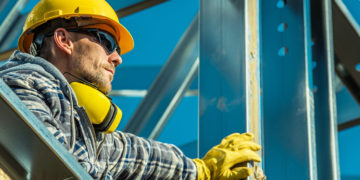Dealing with scaffold injuries

Accidents at construction sites occur everywhere, including in areas like New York and Manhattan in the state of New York. According to the Occupational Safety and Health Administration, 65 percent of the employees who work at those construction sites work on scaffolds frequently.
For that reason, it comes as no surprise that a lot of the accidents at construction sites involve scaffolds and lifts, ladders and hoists. The accidents often result in serious injuries and happen for a wide range of reasons.
One set of reasons for the accidents includes equipment that is defective, improperly installed or otherwise not reasonably safe. An employee’s failure to properly use protective equipment is also a factor, as is the falling of objects from lifts, scaffolds and ladders onto workers below them.
The design and the construction of scaffolds are supposed to conform with OSHA requirements. Those requirements address construction methods, use, rated capacities and type of equipment. Scaffolds and scaffold equipment are meant to support their own weight and four or more times the maximum intended load. Suspension ropes should be able to support six or more times the maximum intended load.
All of this should be tested and confirmed with no failures. There should also be regular inspections to verify that scaffolds, scaffold equipment and suspension ropes are in the condition that they need to be. If anything is wrong with the equipment, how it was installed, how it was maintained or how it was inspected, you can use that as a basis for pursuing damages if you are injured on or around a scaffold. Your attorney can go over all the details of your case to determine the basis for pursuing damages.
Source: FindLaw, “Scaffold Injuries,” accessed May 06, 2016



